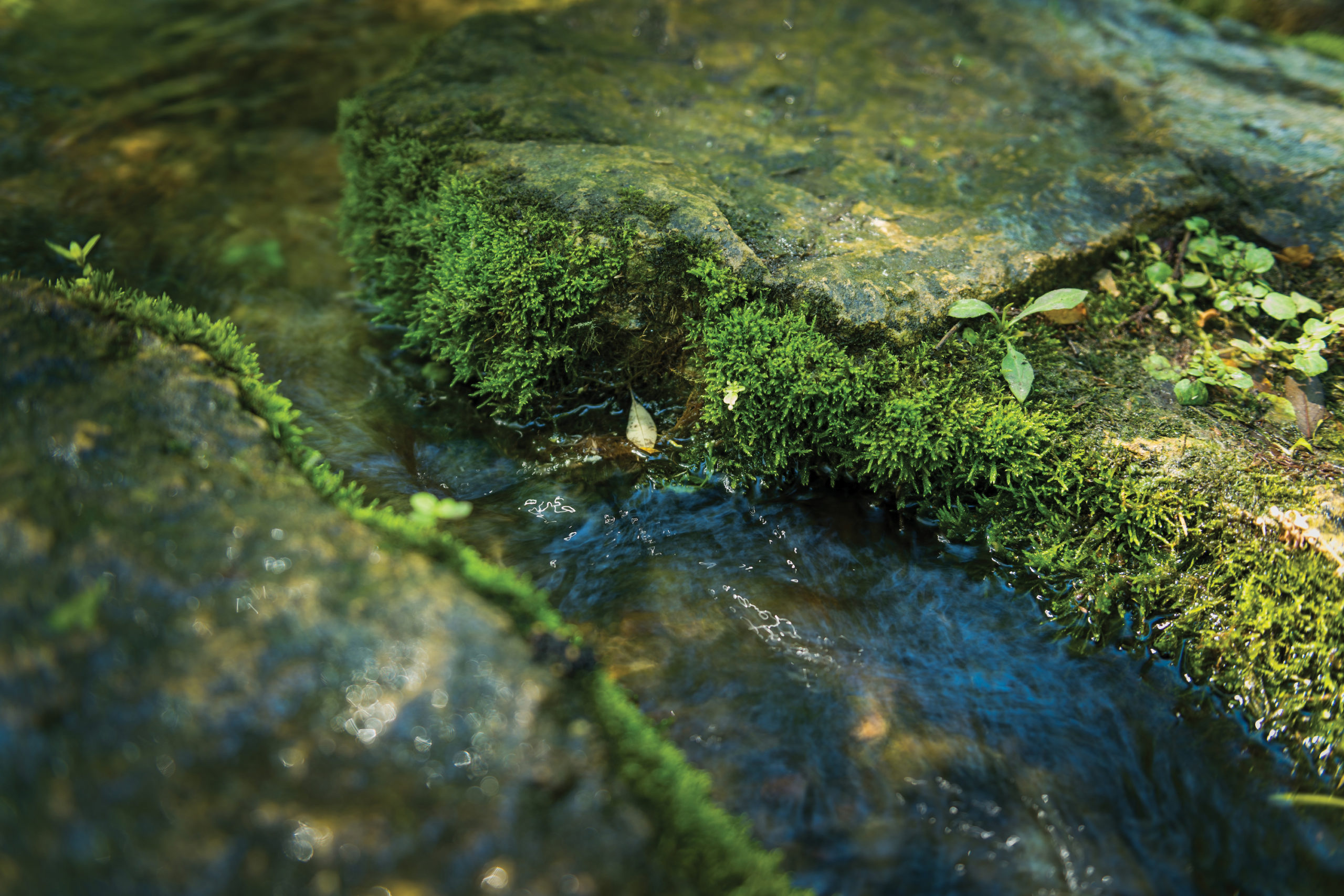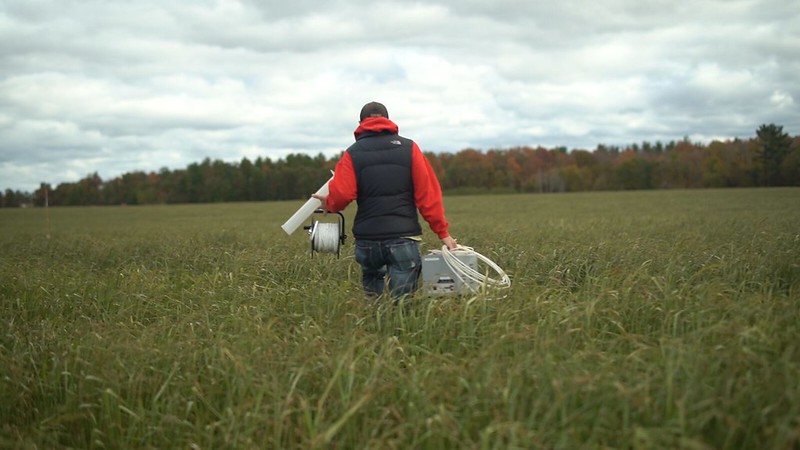By Katy Thostenson
“We think of fish not only as worth protecting and understanding in their own right, but also as important vectors of nutrients that fertilize streams. It’s like a gardener fertilizing the garden—all of a sudden, everything grows faster. Fish migrations are a big deal in the annual cycle of Great Lakes tributaries,” said Peter McIntyre, assistant professor of limnology at the University of Wisconsin-Madison.

Credit: University of Wisconsin-Madison
Every year, millions of fish migrate from the Great Lakes into tributaries to spawn, providing an important influx of nutrients for stream ecosystems. For the past five years, McIntyre and his graduate student Evan Childress, supported by the University of Wisconsin Water Resources Institute, studied the natural cues that fish use to decide when to migrate to spawn. Specifically, they sought to resolve whether fish migrate in response to spring warming of the stream water or instead to the high flows following snow melt.
With the help of a small army of citizen scientists organized with the help of the Wisconsin Department of Natural Resources, Childress and McIntyre studied the cyclical timing of sucker migrations into tributaries from southeastern Wisconsin all the way to the tip of the Door Peninsula. Though few people are aware of this incredible phenomenon, millions of native white and longnose suckers migrate upstream every April and May to lay their eggs. They aren’t prized by anglers, but suckers are the most abundant migratory fish in Wisconsin’s streams and provide an important food source for walleye, bass, northern pike and other Great Lakes fishes.
After four years of research, their efforts revealed that sucker migrations begin en masse when the water temperature rises above a threshold of 8-10 degrees Celsius (46-50° F). This holds true across the state, so in southern Wisconsin the fish migrate up to three weeks earlier than in northern Wisconsin (comparing Racine to Superior).
“The reason temperature is so important for fish spawning is that the development of eggs and larvae is slow when the water is cold,” McIntyre said. “If the fish run too early and drop their eggs when the water is really cold, their future offspring are essentially just sitting there in a dormant state. It’s like they’ve put their eggs in the fridge. But if the water has gotten really warm, the benefits of more rapid development may be offset by facing more active predators and diseases. The fish have to try to balance those pressures.”
Further, said student researcher Childress, “Many spring migrants also rely on the high flows during and after snow melt to give them access to their spawning grounds. If they move early, there is plenty of water but temperatures are cold; if they move late, the water is disappearing but temperatures are warmer.”
So what does this mean? McIntyre said the latest results indicate that a warming climate has already changed the phenology, or natural timing, of the annual migration of Great Lakes migratory fish.

Credit: John Lyons/Wisconsin Department of Natural Resources
His team is currently wrapping up a statistical analysis of U.S. Fish and Wildlife Service historical data on Great Lakes fish migrations since the 1950s. The analysis addresses how many different fish species have altered their migration timing in response to warming water temperatures throughout the Great Lakes.
These fish also have a PR problem. While most people are familiar with the famous salmon migrations in the Pacific Northwest, the massive annual migrations of native fish are poorly known even to residents of the Great Lakes region. McIntyre’s team is working with agency and non-profit partners to spread the word to the public.
Ellen Hamann, McIntyre’s lab manager, said that their collaboration with Chicago’s Shedd Aquarium on a huge event honoring World Fish Migration Day in May 2014 offered them an opportunity to think broadly about outreach to the public.
Hamann worked with Adam Hinterthuer, outreach specialist at the Center for Limnology at UW-Madison, to create the Fish on the Run website. The site has a little something for everyone, from kids to scientists. Hamann’s tip? Start with “Migratory Fish 101” to get your feet wet, and watch out for more research, resources, and creative outreach on fish migration coming from the McIntyre lab.



